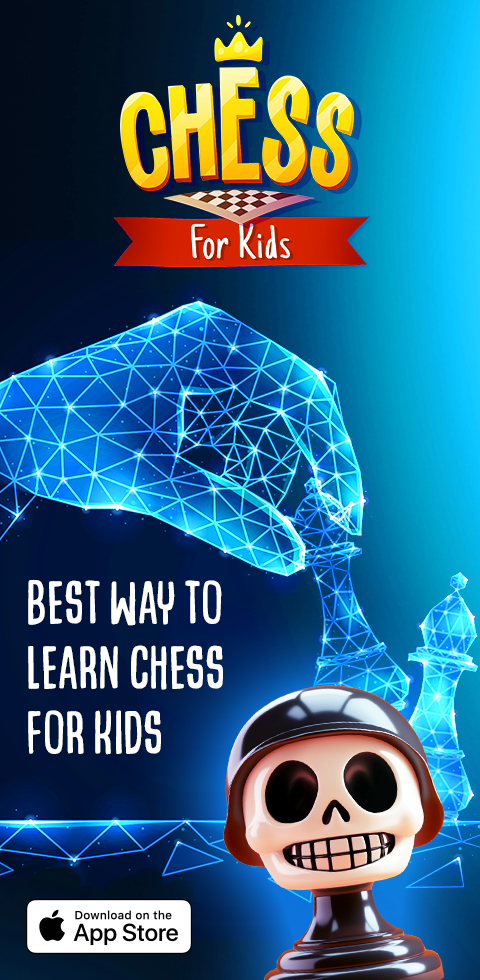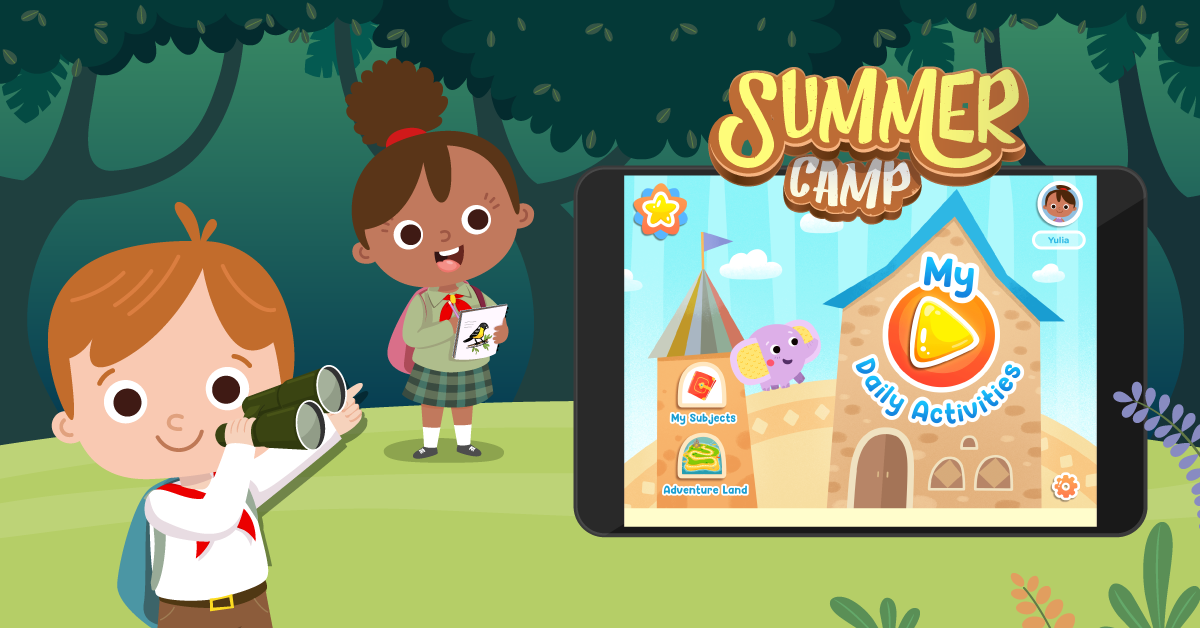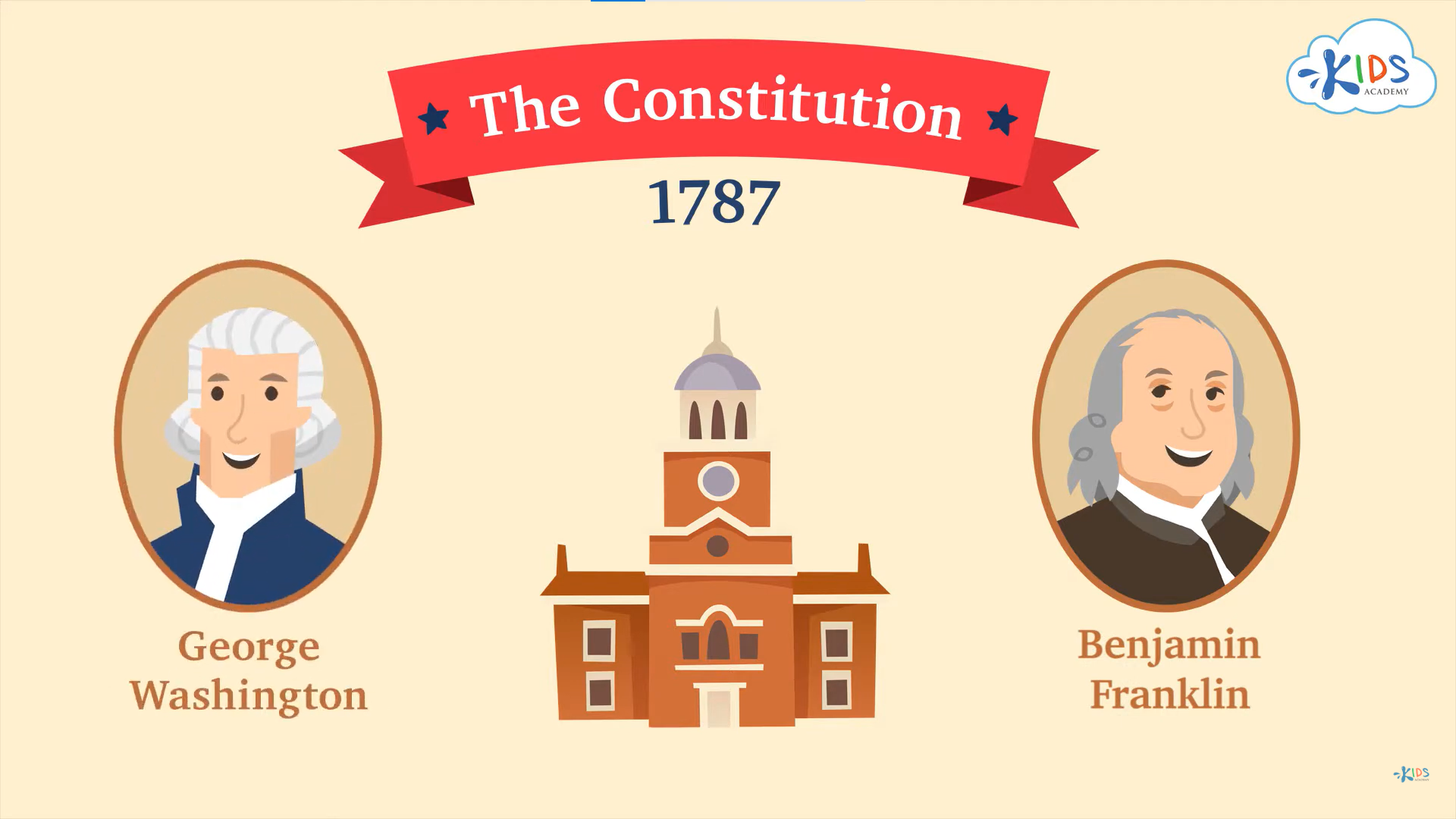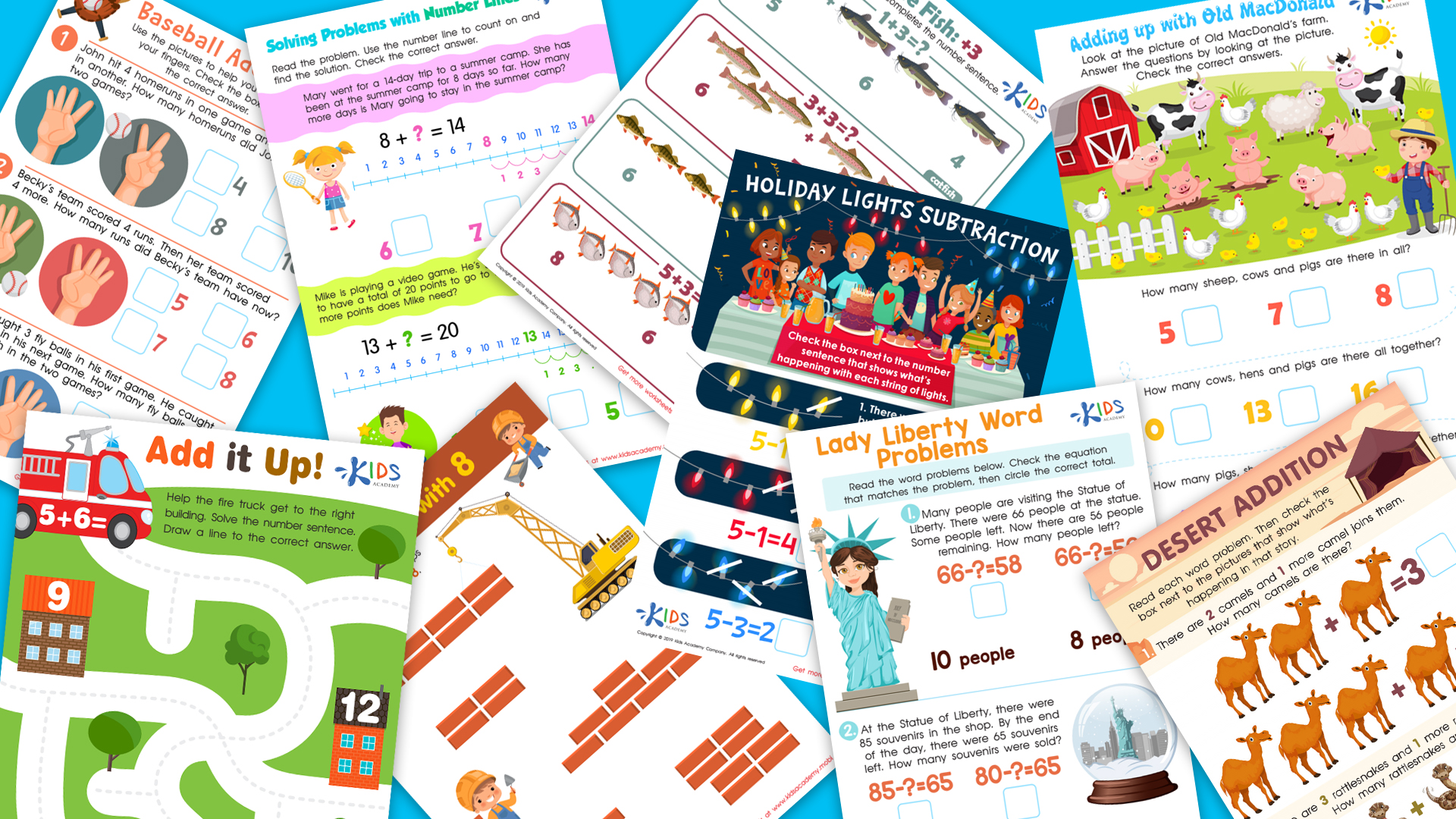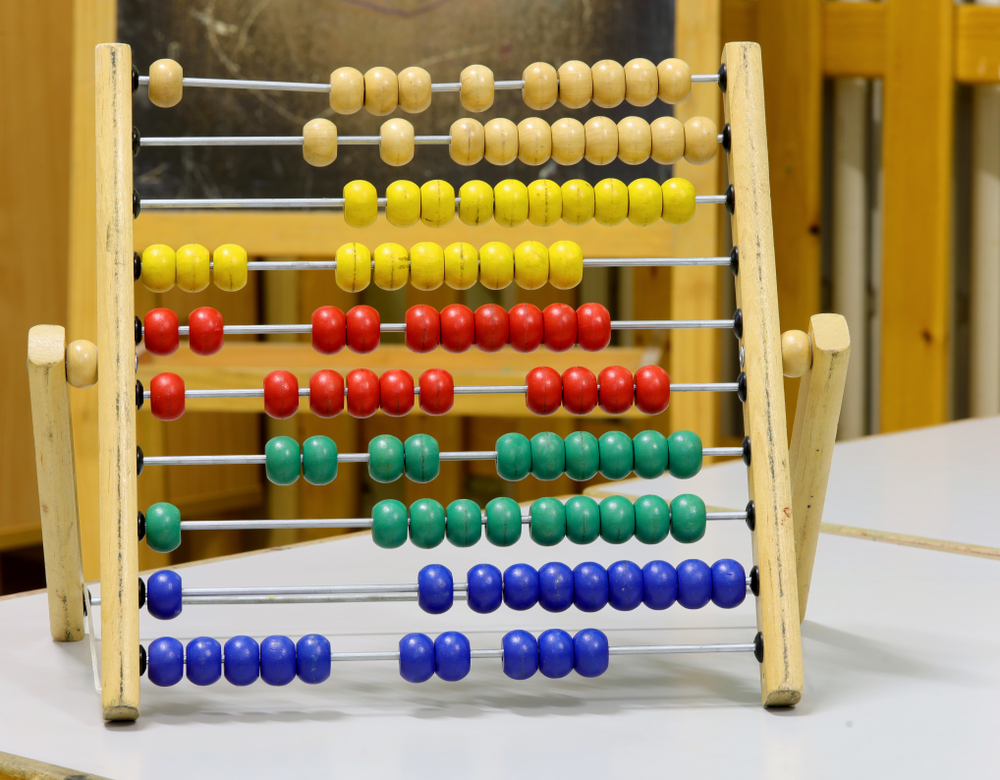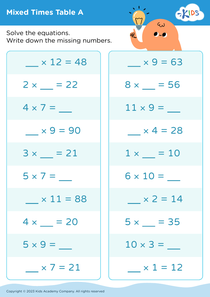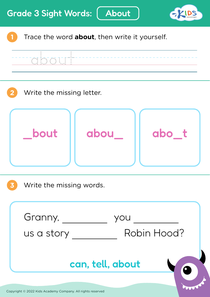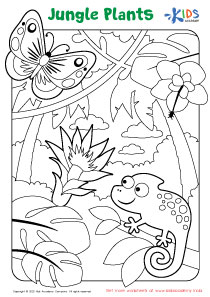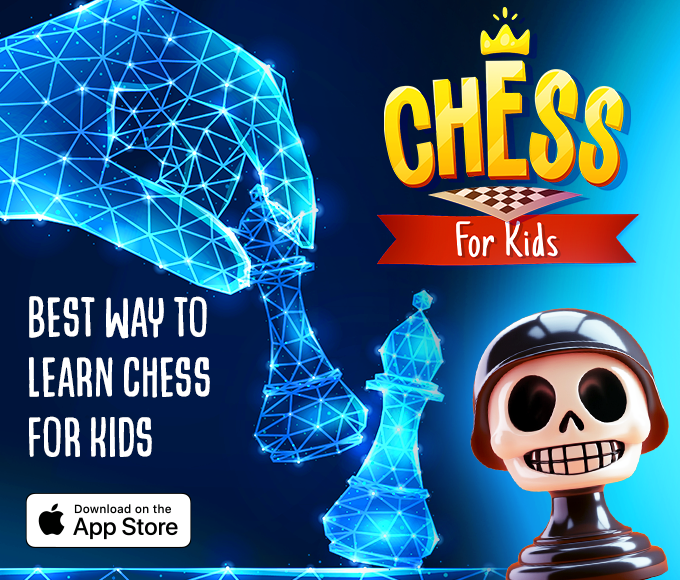Division practice Grade 3 Worksheets
12 filtered results
-
From - To
Welcome to our Division Practice Grade 3 Worksheets page! Here, you will find a variety of engaging and educational resources designed to help third graders master the concept of division. Our printable worksheets feature colorful illustrations and diverse problems that encourage mathematical thinking and promote problem-solving skills. With exercises ranging from basic division facts to word problems, students will build confidence and a solid understanding of this fundamental operation. Perfect for classroom use or at-home practice, our worksheets support individual learning styles and enhance comprehension. Dive into our collection and make division practice fun and effective for your young learners today!
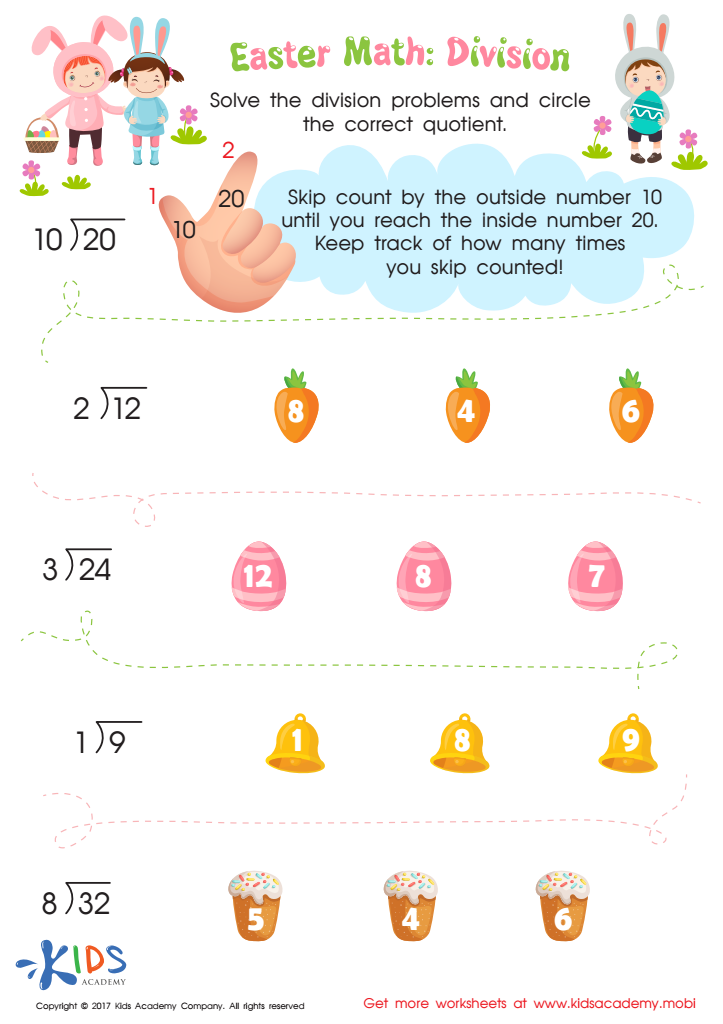

Division Worksheet


Rainforest Animal Division Worksheet
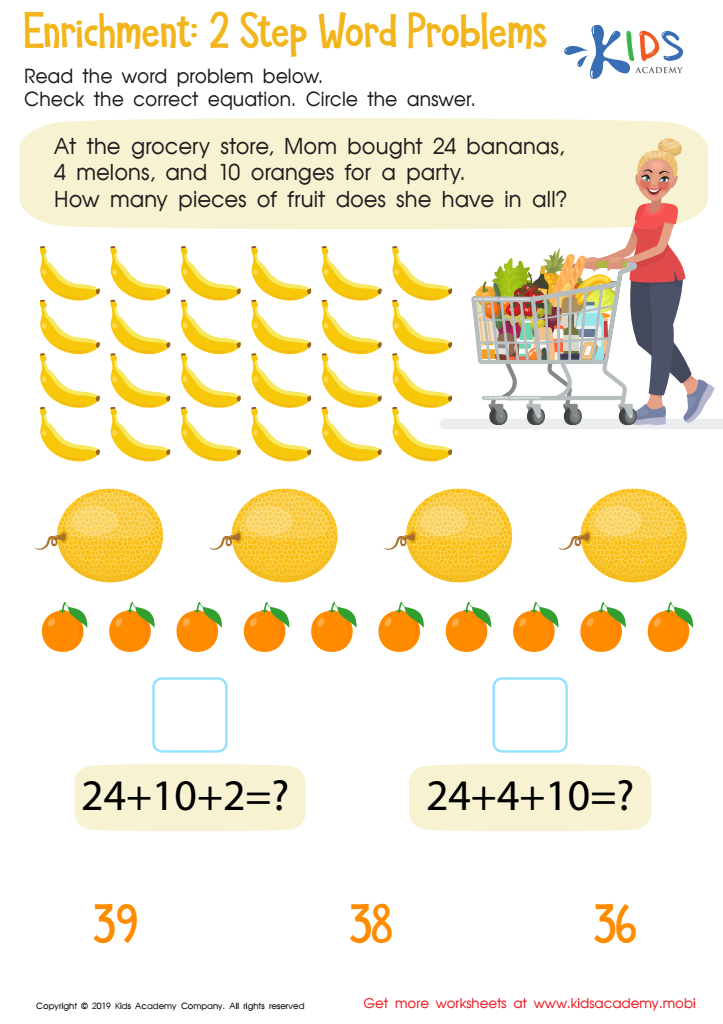

Enrichment -2 Step Word Problems Worksheet
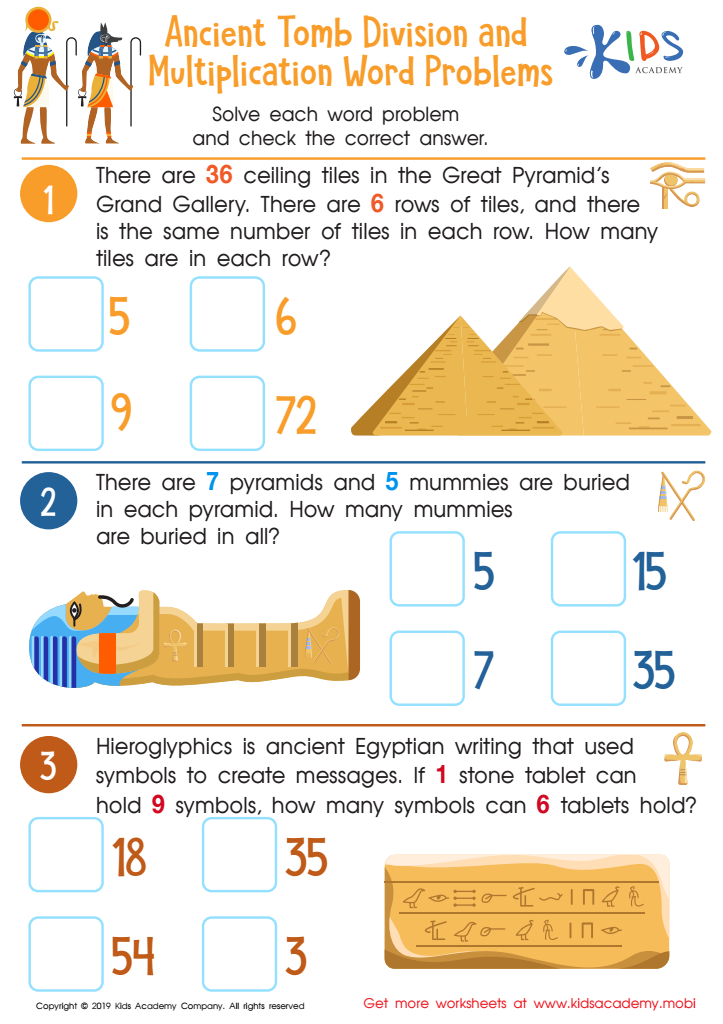

Ancient Tomb Division and Multiplication Word Problems Worksheet
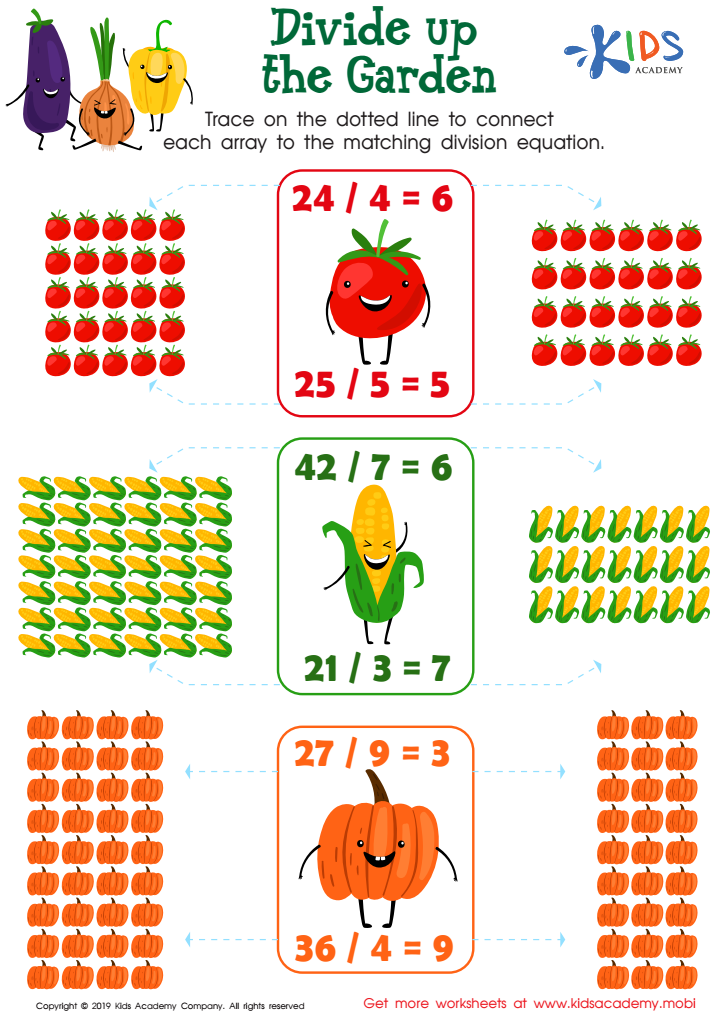

Divide up the Garden Worksheet
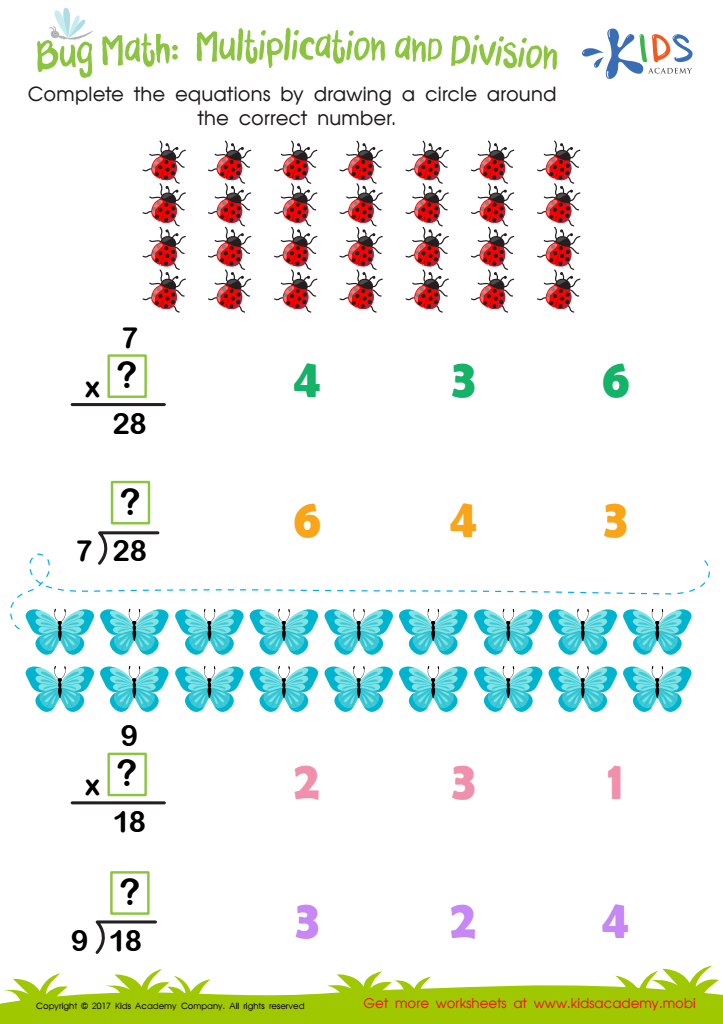

Multiplication and Division Worksheet
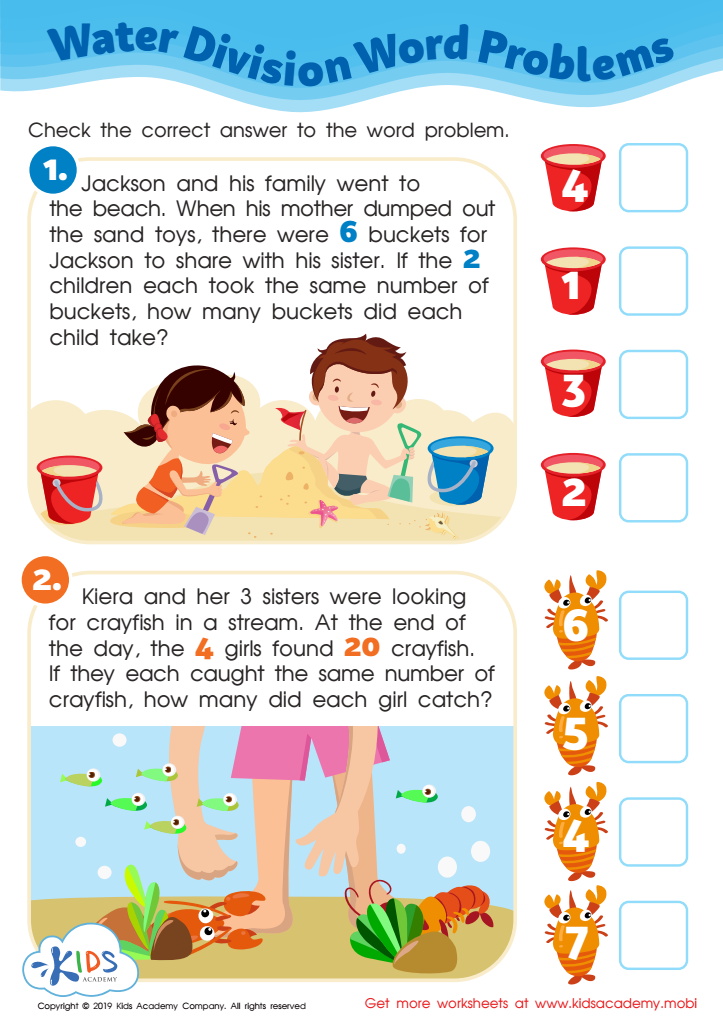

Water Division Word Problems Worksheet
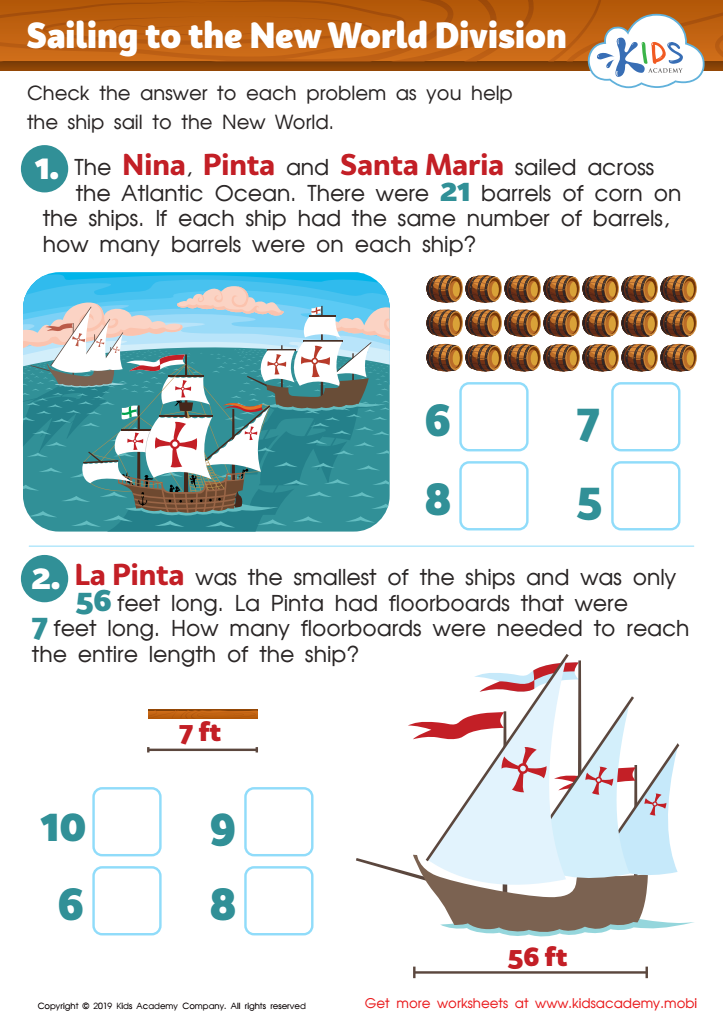

Sailing to the New World Division Worksheet


Water Cycle Division Match Up Assessment 3 Worksheet
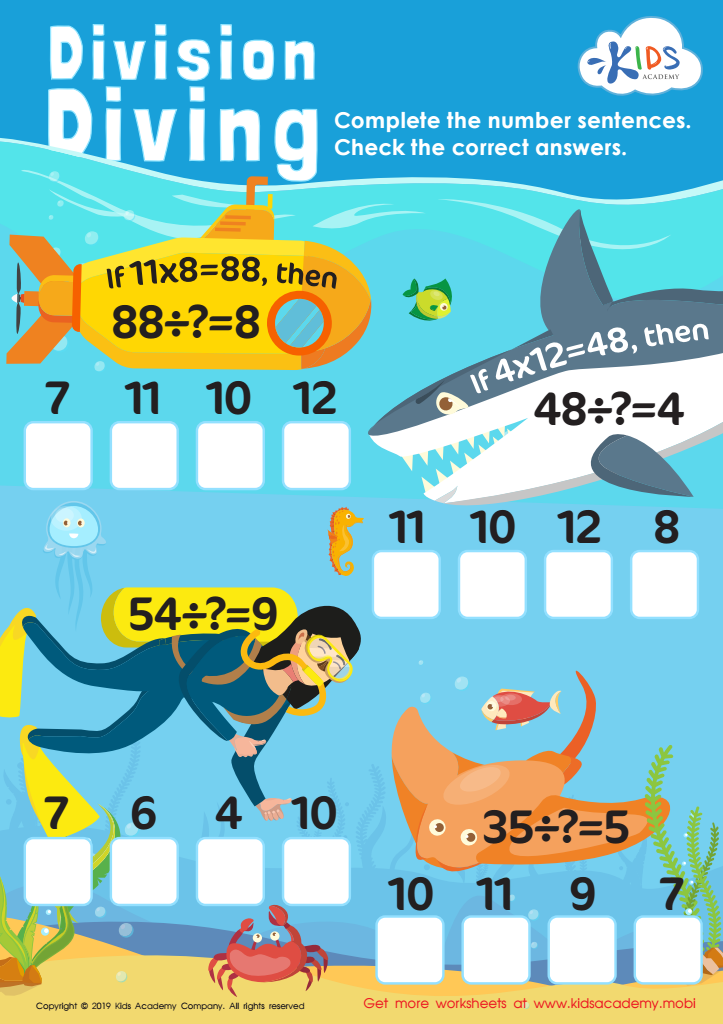

Division Diving Worksheet
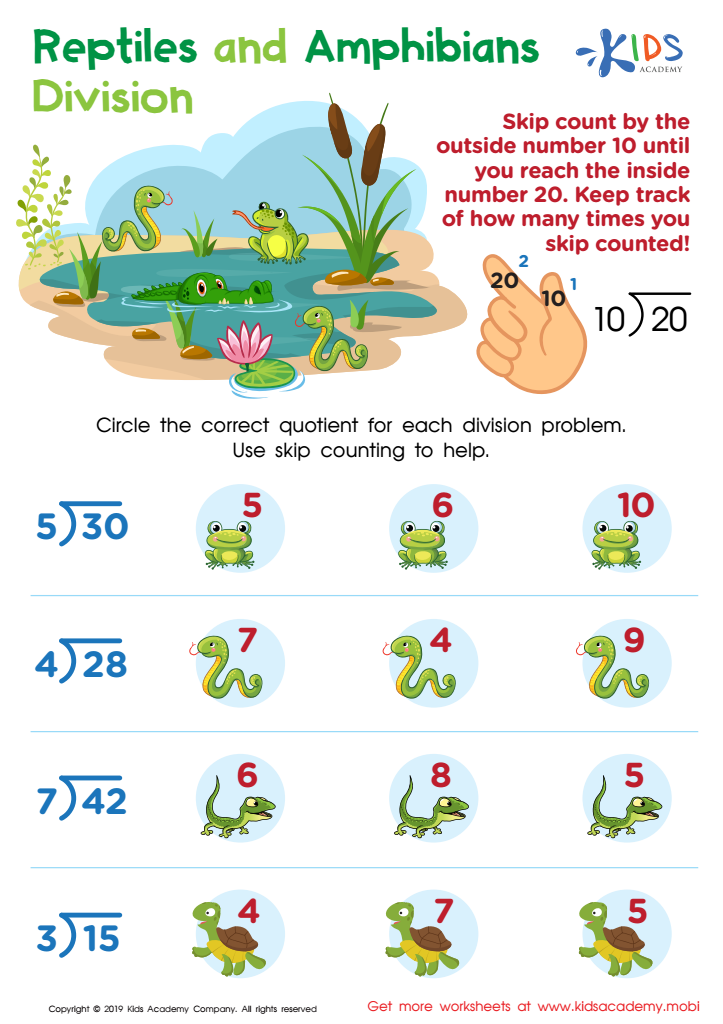

Reptile and Amphibians Division Worksheet
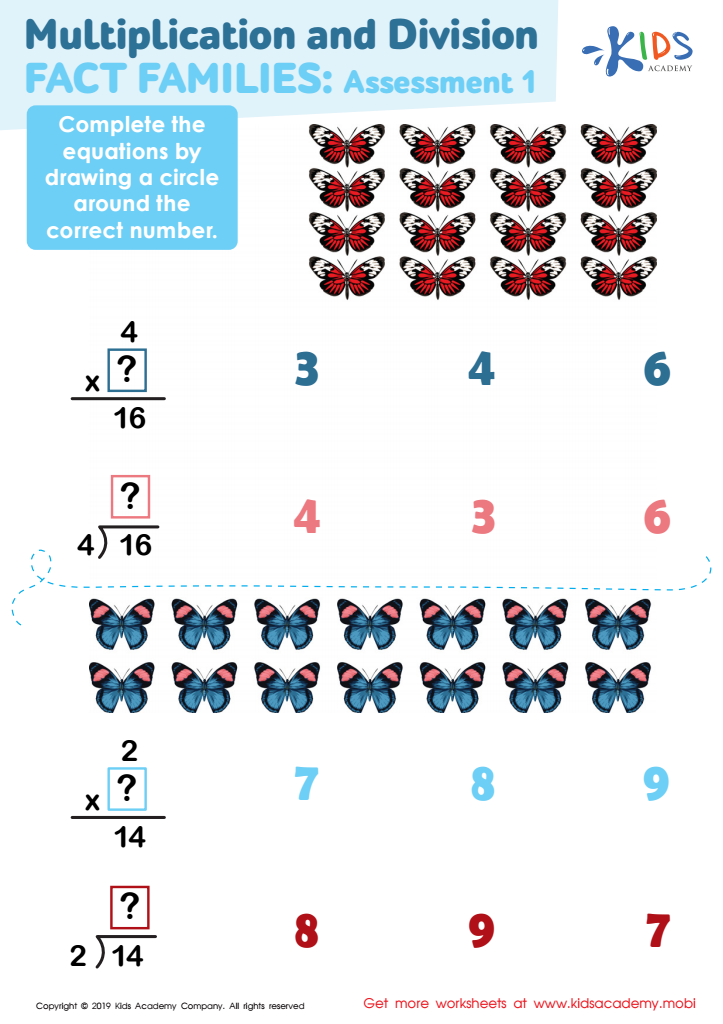

Multiplication and Division Fact Families Assessment 1 Worksheet
Division is a foundational math skill that is crucial for a child's academic growth and overall development. In Grade 3, students begin to grasp the concept of division, which helps them understand how numbers relate to one another. Mastering division not only aids in solving division problems, but also reinforces other operations like multiplication, addition, and subtraction.
Parents and teachers should care about division practice at this level because it builds critical thinking and problem-solving skills. As children learn to divide, they engage in logical reasoning—understanding how to distribute quantities evenly and how to interpret remainders. This practice also establishes a solid groundwork for more advanced mathematics in subsequent grades, including fractions, ratios, and proportions.
Moreover, division fosters resilience in students. When faced with challenging problems, children learn persistence and develop a growth mindset by tackling difficulties head-on. Collaborative learning opportunities around division can also strengthen social skills as students work together to solve problems.
Lastly, an early understanding of division contributes to real-life applications. Whether sharing equally or organizing groups, the concepts learned through division practice help children navigate everyday situations, ultimately making math meaningful and relevant in their lives.
 Assign to My Students
Assign to My Students

